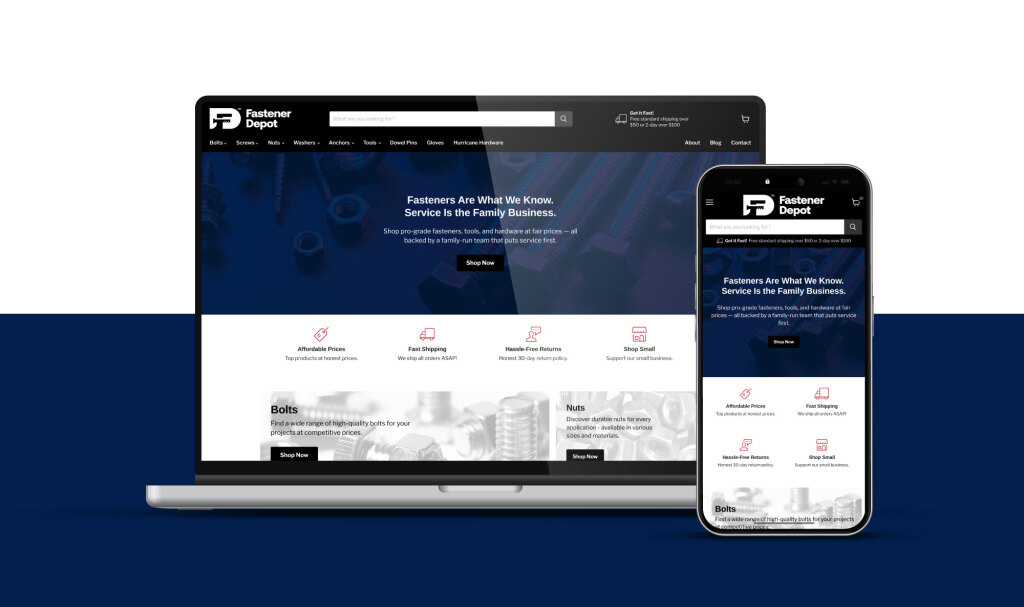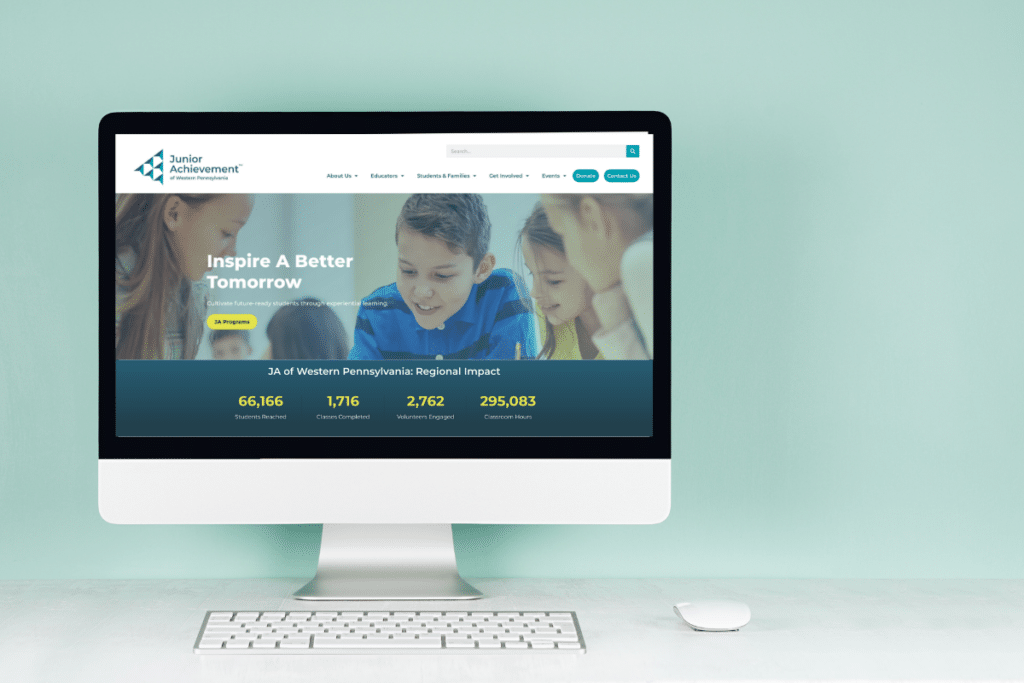Create better user experiences through user experience-focused designs.
Increase conversions and sales with intuitive layouts.
Elevate your products and services with a beautiful website.
Outpace the competition with an outstanding first impression.
Unleash Outstanding User Experiences

why redtree?
Experience
We’ve seen it all as Pittsburgh web designers. After years of experience across multiple industries, we’re your go-to user experience design services team!
Flexibility
With experience across multiple web-building platforms, we bring a multitude of insights, capabilities, and ideas to your web design project!
Partnerships
We always aim to grow your business to be as strong as possible—month after month and year after year.
Integrity
We constantly put your interests first (along with the interests of your clients and customers)!





